Driving my childhood dream car, the Countach, wasn’t what I expected
Welcome to Lamborghini Legends, a series of stories to mark the Italian brand’s 60th anniversary. In each installment, our European correspondent gets behind the wheel of one of Sant’Agata’s all-time greats. Here he lives out a childhood fantasy in the last-ever Countach.
I have dreamed of this moment for 40 years.
Ever since I first hung a picture of a Lamborghini Countach on my bedroom wall, I’ve imagined myself getting behind the wheel of this, the definitive supercar of the 1970s and ’80s. In my mind I’d be storming through the desert at 180 mph, reliving the opening sequence of the Cannonball Run, although perhaps without state troopers in hot pursuit.
The reality looks set to be somewhat slower paced, but my drive does involve a chase, as I’m part of a procession of eight different Lamborghinis, brought together for a 60th anniversary celebratory drive across 150 miles of Italy’s Emilia Romagna region.
It was a be-winged 1979 LP400S that featured both on-screen and on my wall, but the Countach I’m to drive is devoid of the infamous appendage. Originally designed specially for F1 team boss Walter Wolf, the huge spoiler was not homologated and was therefore installed on road-going Countaches in the factory parking lot, making it an aftermarket part. The wing was also purely cosmetic, so it’s not like I’ll be missing any downforce.
This 1990 25th Anniversary edition actually did have a host of aerodynamic advances, courtesy of a young designer named Horacio Pagani, who was tasked by Lamborghini’s corporate parent, Chrysler, to give the Countach a new lease on life. It needed to tide the firm over until the arrival of a successor, the Diablo.
The Countach was the first Lamborghini to use carbon fiber to save weight, with sills and splitter made from the advanced material. Pagani’s design is a little fussier than the Marcello Gandini original, but Horacio succeeded in extending the Countach’s existence by 638 units and brought the grand total to 1999.
Painted in Argento Metallizzato, the car before me is the very last one made and was never sold. It is literally the ultimate Countach. Yet, from the moment the driver’s door scissors upwards, I sense that nothing about this experience is going to be dreamy.
I more or less fall into the driver’s seat in a reverse of Leonardo DiCaprio in that infamous scene from Wolf of Wall Street. Even sober this is a very tricky car to enter or exit. I hunt around for seat adjustments and discover they’re hidden beneath a flap on the driver-side door sill. With slightly sluggish whirrs, the seat slowly inches forward—but not enough. In order to fully depress the clutch, I have to hunker down into the grey leather.
Adapting to the driving position is a strange, spine-contorting experience. The pedals are pushed to the right by the intrusion of the massive wheel arch and they’re packed tightly together to avoid the center tunnel. Even if you’re wearing dainty driving shoes, you face a real danger of mashing all three pedals at once. Bigger-booted Countach drivers have been known to have to go barefoot.
The interior is all hard angles, as if it were designed in Minecraft and wrapped in acres of leather to soften the blow. The view reminds me of a marginally more sumptuous version of my Lotus Esprit’s cabin. I’m not so far off: the column stalks are exactly the same, also sourced from British Leyland.
Firing up the 5.2-liter V-12 takes a fair amount of cranking. No less than six Weber carbs work in unison to feed the internal-combustion beast. Like all iterations of Bizzarrini’s engine, the Countach’s is a quick revving motor with an eager throttle response. To deliver its 455 hp to the rear wheels requires a full 7000 rpm on the tachometer.
In order to make any progress in this vehicle, however, one must first engage gear. Pushing the clutch pedal requires effort typically reserved for leg day at the gym. I narrowly avoid selecting reverse before slotting the open-gated selector into its dog-leg position. The vehicle pulls away. Not stalling feels like a victory, but the rest of the drive will be a multi-bout cage fight.
At slow speed the steering is the heaviest of any car I’ve ever experienced. It does lighten a bit as the pace picks up, but the wheel has an alarming tendency to combat every input with a fierce self-centering action.
Selecting a gear while in motion is a little smoother, but there’s no let-up in the effort required to move the stick or to operate the clutch pedal. At least the weightiness of the brake pedal means the lower body gets an even-sided workout.
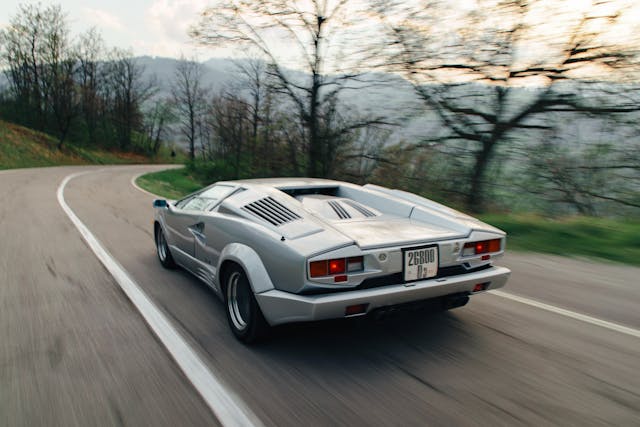
Meanwhile, I’m threading this low-slung automotive UFO down back roads. Forward visibility suffers thanks to that minimally adjustable seat, which forces me to slump. The side mirrors mostly display Pagani’s aesthetic add-ons.
Only on the occasional straight section of road do I extend the V-12 towards its upper limit. The Countach flies. In its heyday, this car would reach 60 mph from rest in less than five seconds.
A modern SUV can match that time without its driver breaking a sweat, but in the Countach there’s a very clear correlation between perspiration and propulsion. This is definitely not the dream drive I imagined: Frankly, driving this Lamborghini is exhausting.
When my time is up, I feel the intense relief of a fighter who has survived to the final bell in a contest he’ll never forget.
***
Check out the Hagerty Media homepage so you don’t miss a single story, or better yet, bookmark it. To get our best stories delivered right to your inbox, subscribe to our newsletters.
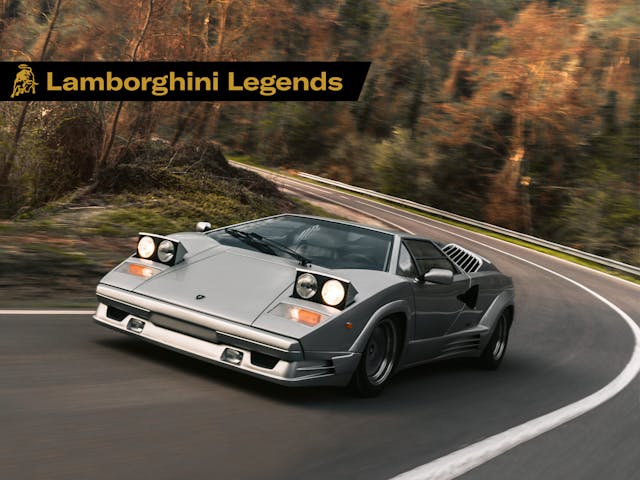
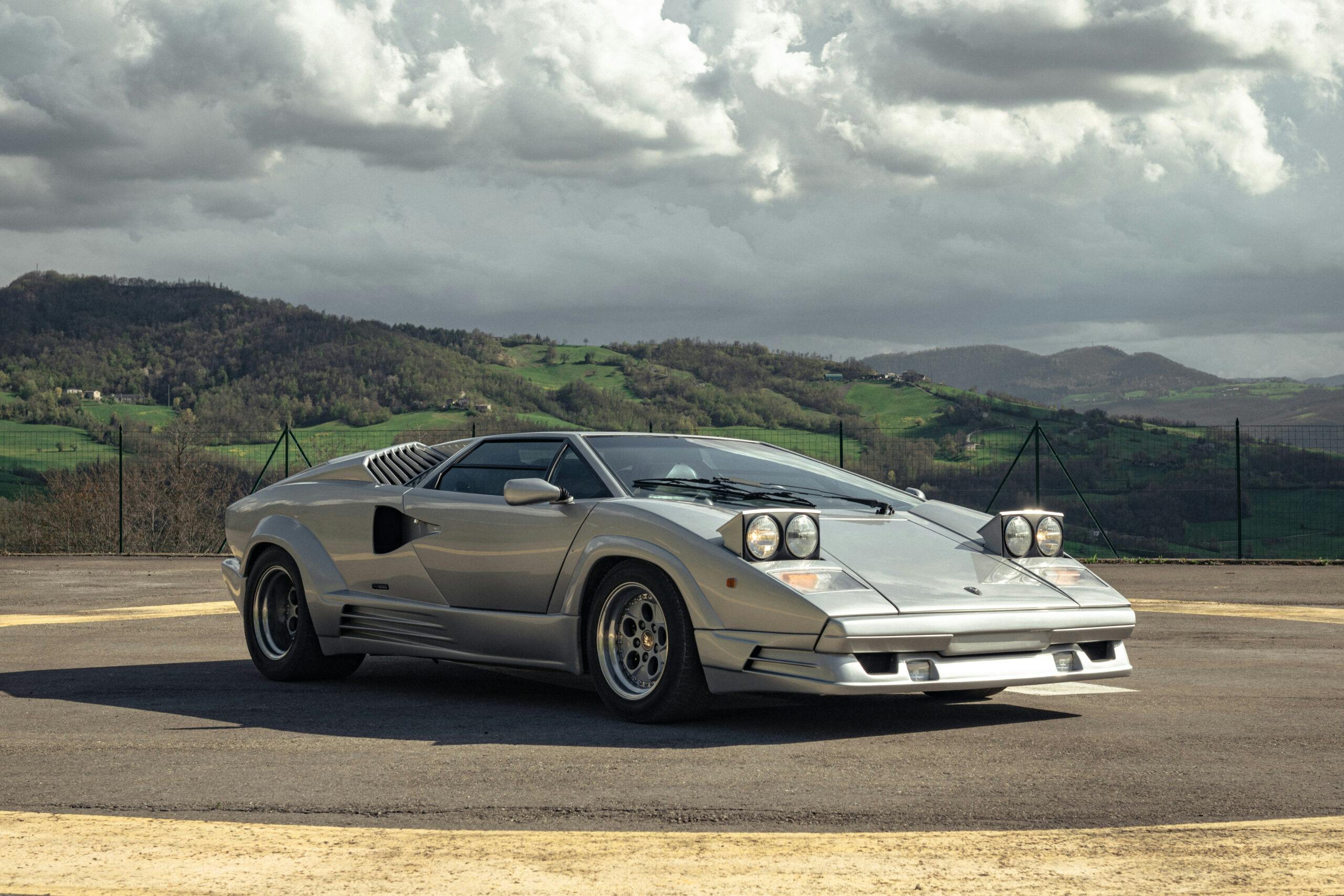

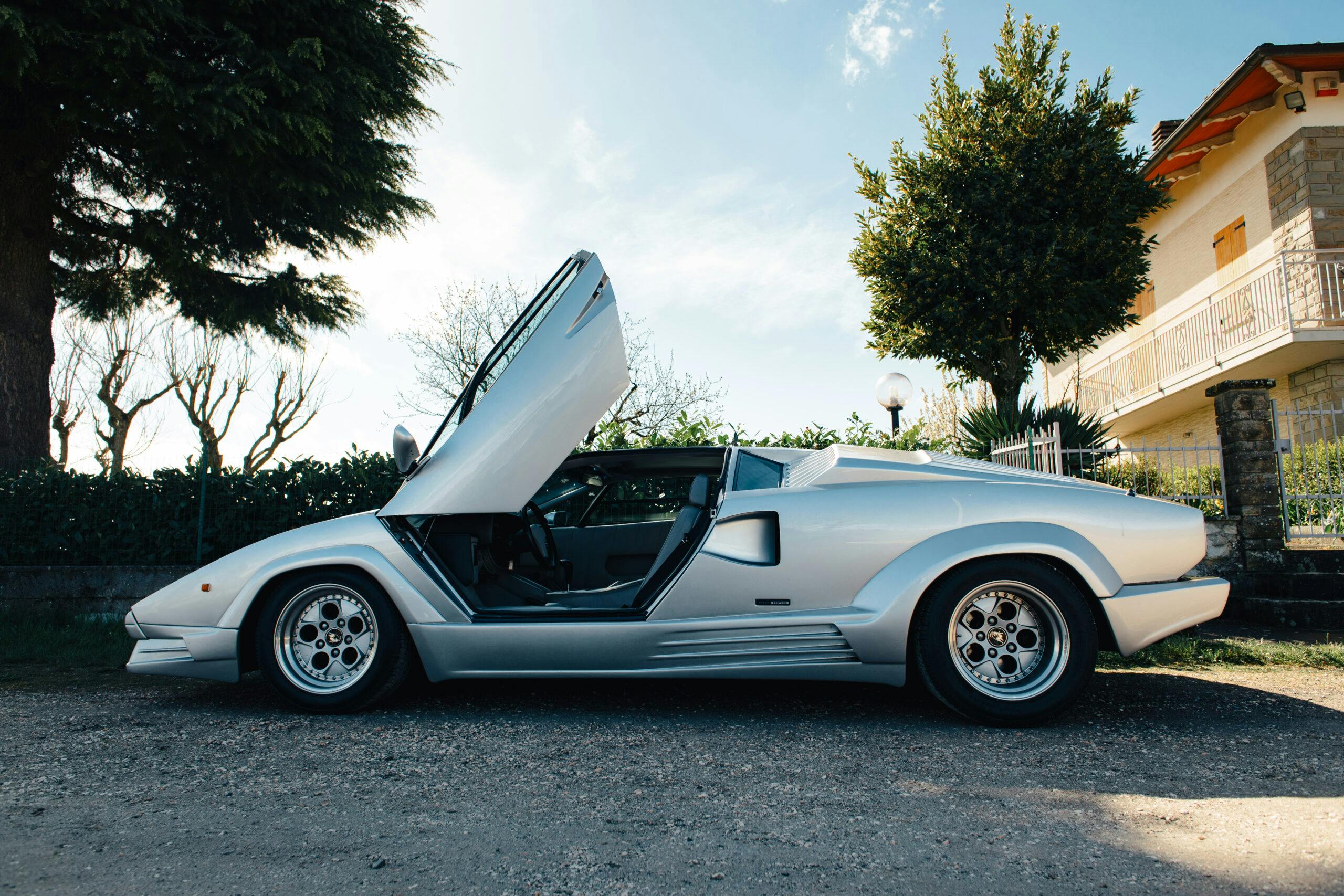


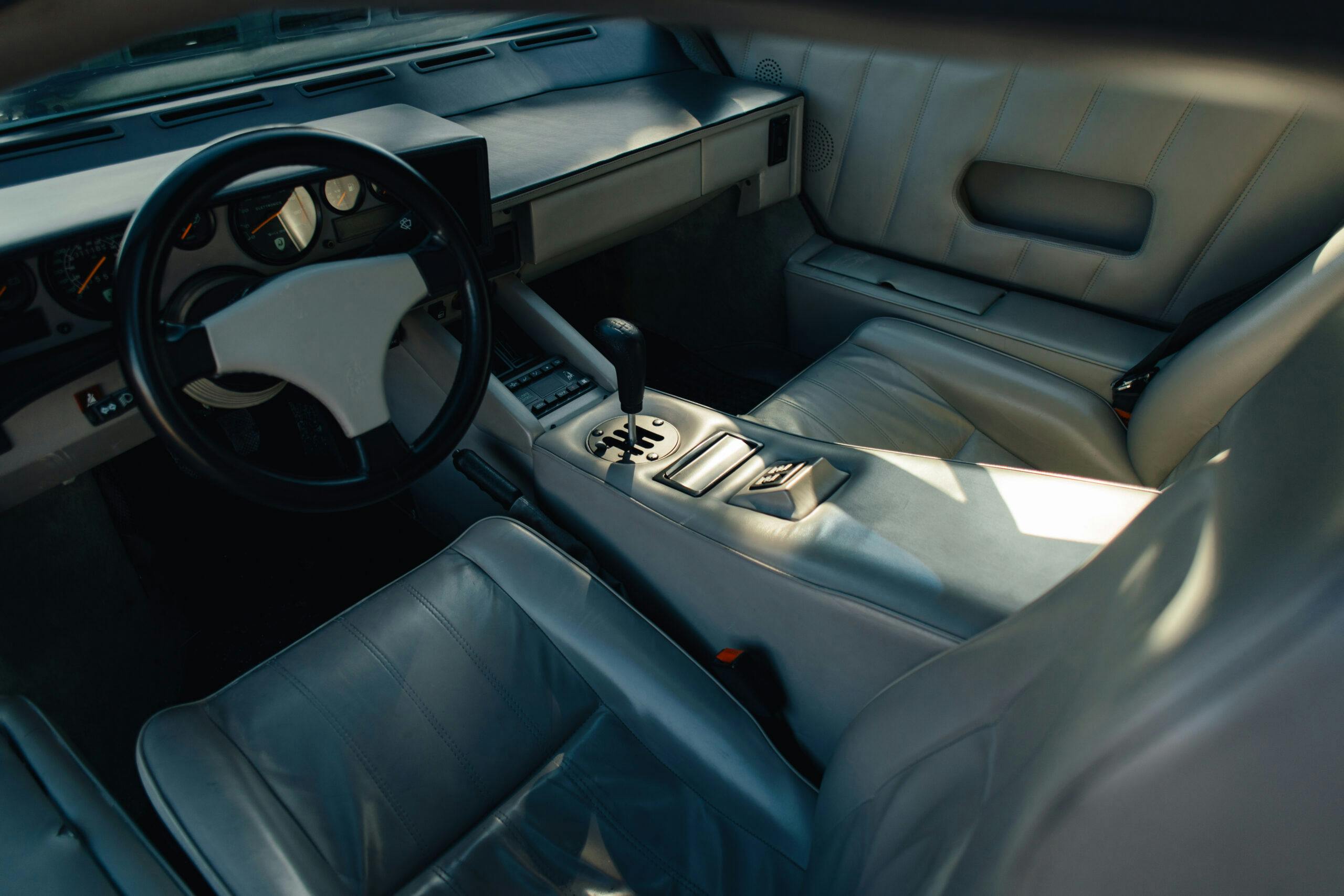
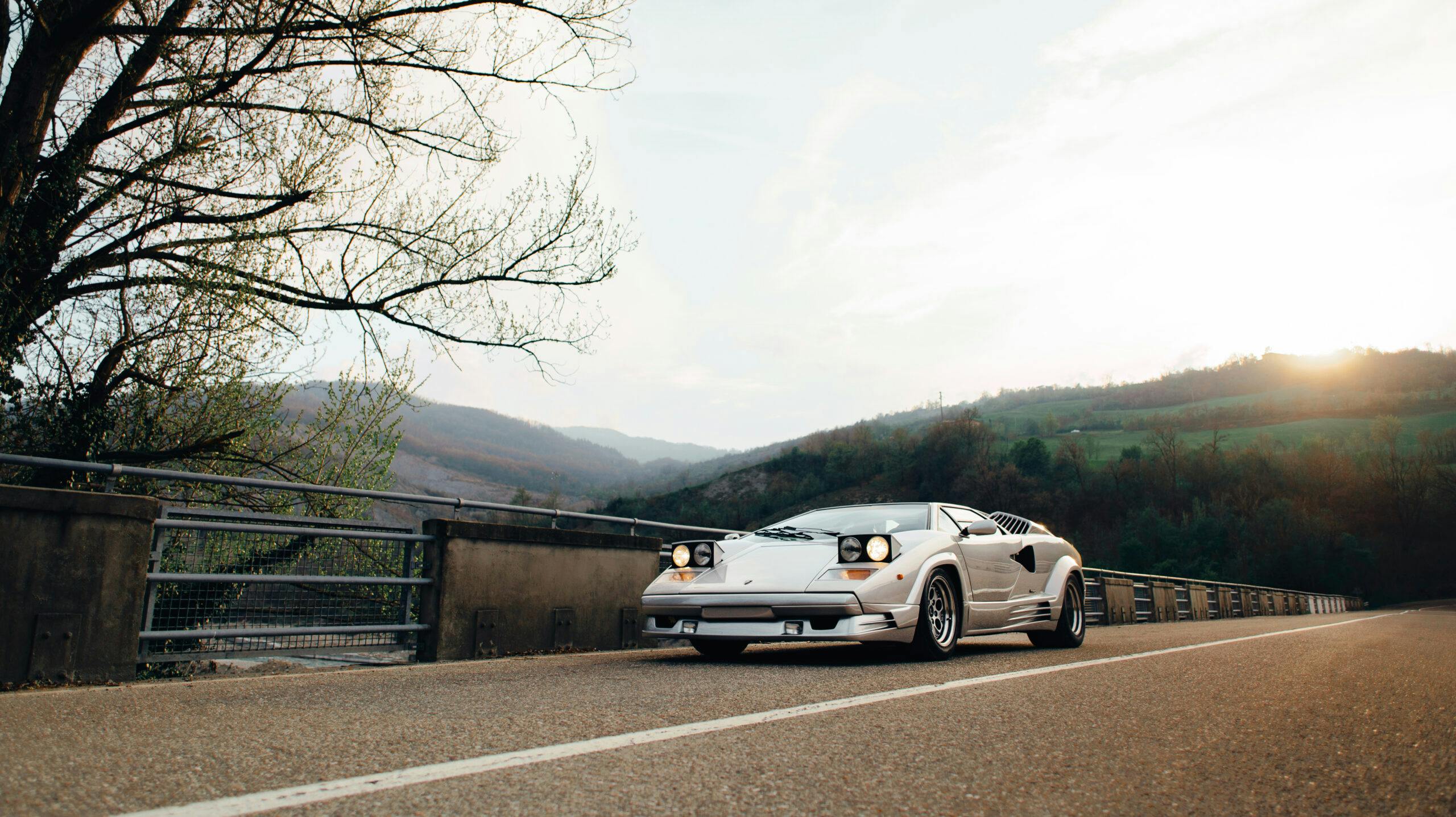
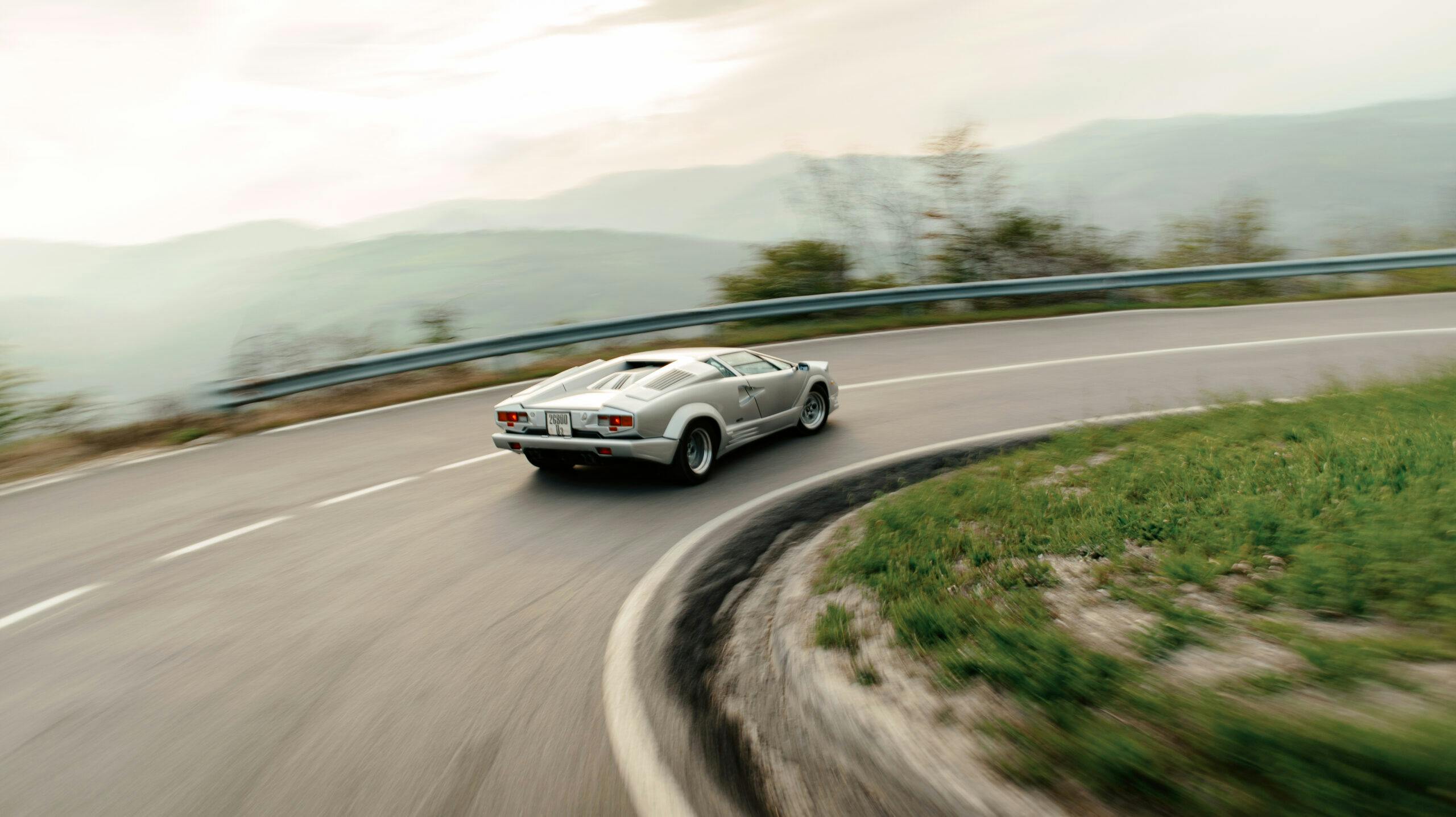



I don’t understand how this car had 6 Webber carbs in a 1990 Lamborghini. I thought that everything had become fuel injected by then.
US cars were fuel injected but in Europe we still had carbs
So maybe it’s like a beautiful woman who won’t do what you want: everyone lusts for it and envies you but you’re ready for something else.
Hahaha. Legendary whining. I’d be embarrassed to write this!